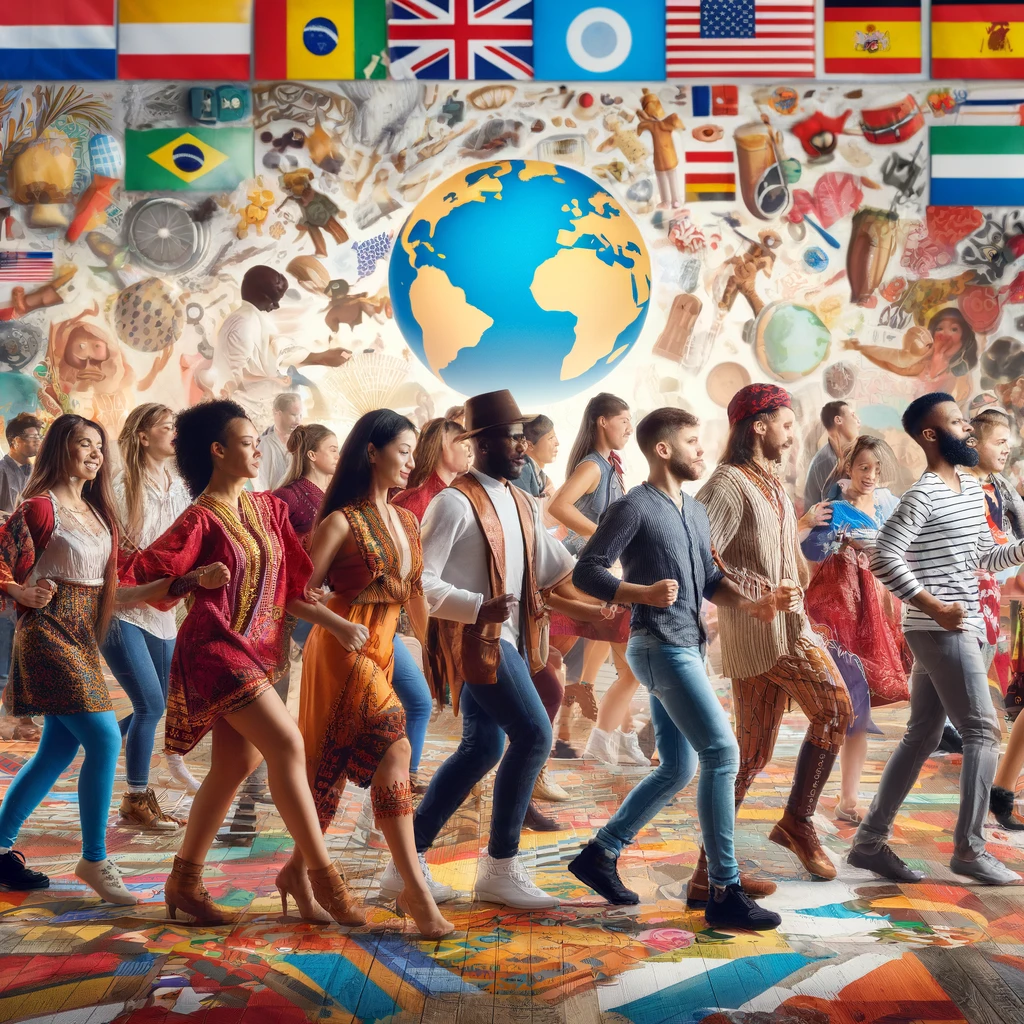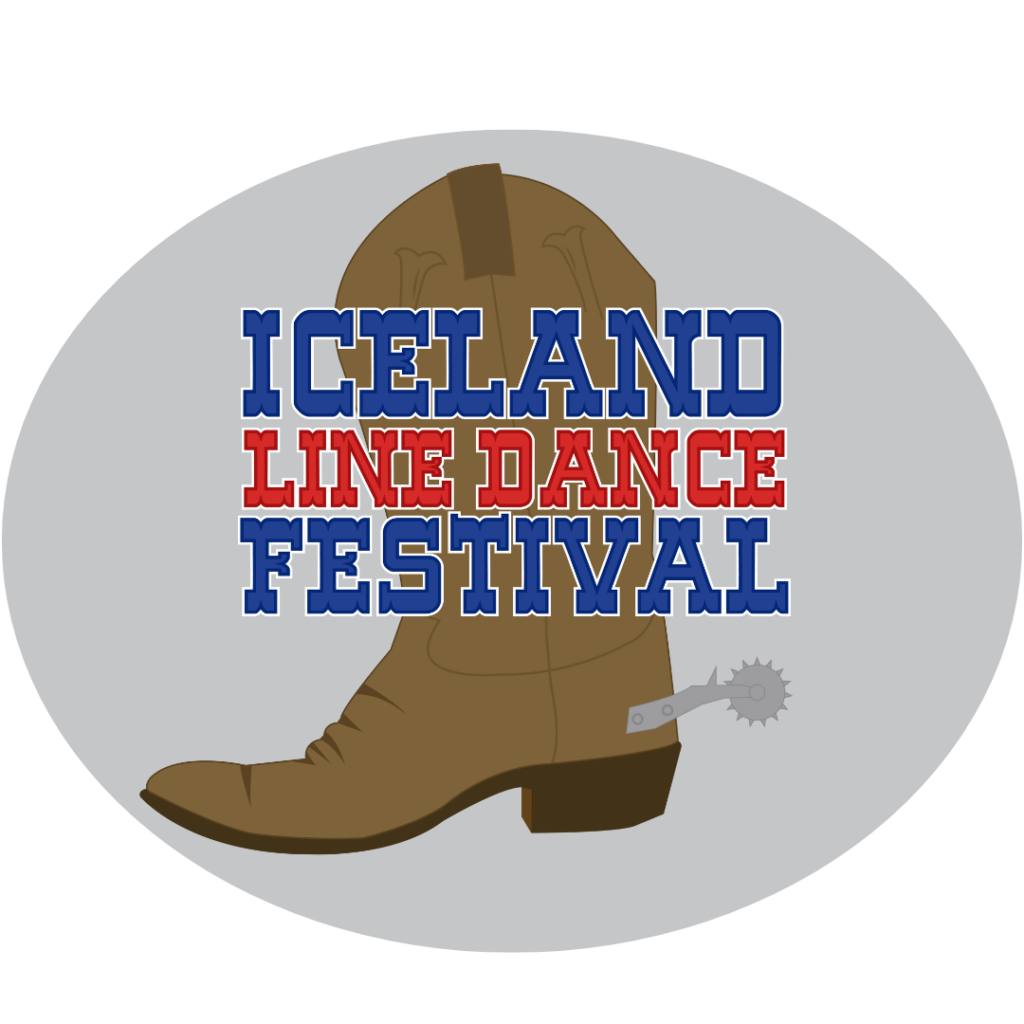Is Line Dancing an American Thing?
May 10, 2024

Line dancing is often associated with American culture, particularly with the Western and country music scenes. However, its origins and global popularity tell a more complex story. Let’s explore the roots of line dancing and its cultural impact around the world.
The Origins of Line Dancing
While line dancing is popularly linked with the American West, its roots trace back to various folk dance traditions from Europe. Early settlers in America brought their dances with them, including the contra dance and square dance, which have similarities to modern line dancing. These communal dances were integral to social gatherings in rural areas.
Read More About The History of Line Dancing
The American Influence
Line dancing as we know it today gained significant popularity in the United States during the 20th century. The dance form became closely associated with country and Western music, especially in the mid-1900s. Dance halls and honky-tonks across America embraced line dancing, making it a staple of country music culture. The 1990s saw a surge in its popularity, fueled by hit songs like “Achy Breaky Heart” by Billy Ray Cyrus and the influence of movies like “Urban Cowboy.”
American media played a crucial role in spreading the appeal of line dancing. Television shows, music videos, and movies showcased the dance, contributing to its nationwide and international popularity.
Global Reach
Despite its strong association with American culture, line dancing is far from being exclusively American. It has a significant following worldwide, with each region adding its unique flavor to the dance. In Europe, line dancing clubs and events are popular, especially in countries like the UK, Germany, and France. These regions have embraced both traditional American line dances and created their own variations.
In Asia, line dancing has found a vibrant community, particularly in countries like Japan and South Korea. The dance’s structured steps and social nature make it appealing across diverse cultures.
Cultural Adaptations
Around the world, line dancing has been adapted to fit local music styles and traditions. For example, in Ireland, line dancing may incorporate Celtic music, while in Latin America, it might include salsa or merengue influences. This adaptability showcases the universal appeal of line dancing, transcending cultural boundaries.
Line Dancing Today
Today, line dancing continues to evolve and thrive. It’s a popular activity at weddings, parties, and community events, enjoyed by people of all ages. Its appeal lies in its simplicity, social nature, and the joy of dancing to a variety of music genres.
Line dancing also serves as a bridge between cultures, bringing people together through a shared love of dance. Whether you’re in a country bar in Texas, a club in Berlin, or a festival in Tokyo, the spirit of line dancing remains the same – fun, community, and the joy of movement.
Conclusion
While line dancing has deep roots in American culture and continues to be a significant part of it, its global influence and adaptations prove that it is much more than just an American thing. Line dancing is a universal expression of joy and community, embraced by people all over the world. Its enduring popularity is a testament to its ability to bring people together, regardless of cultural background.
